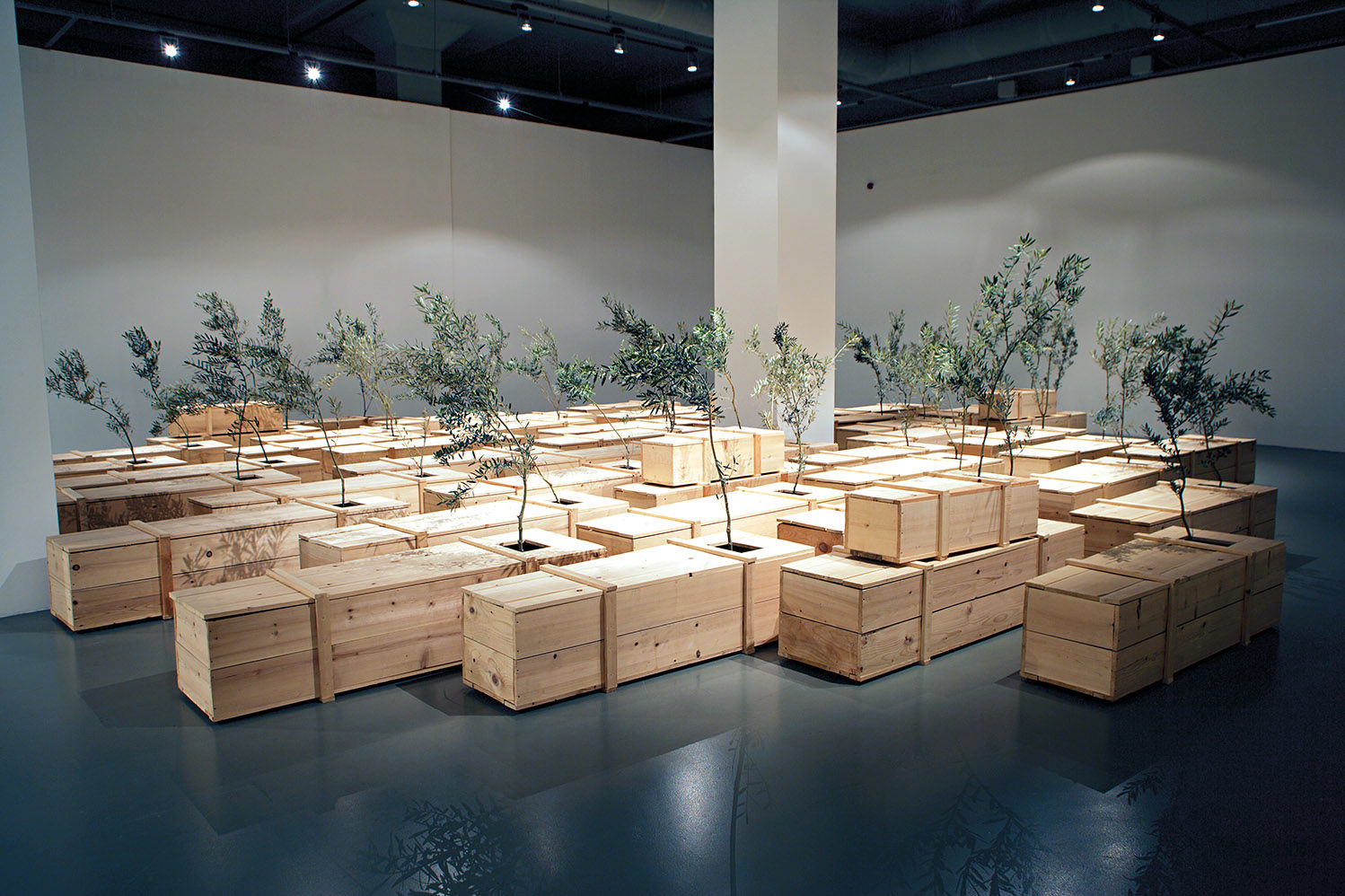- Open Today: 10.00–18.00
- Ticket
- Shop
- Membership
- TR EN

Yoko Ono, 1933
Ex It, 1997-2007
Yoko Ono has not lost her popularity in the fields of music, the visual arts, and political activism since she first emerged on the scene the 1960s. Ono spent the first ten years of her career in Tokyo, London, and New York, creating conceptual art, performances, and experimental film projects. Her involvement in New York’s avant-garde art circles, in particular with Pop artists such as Andy Warhol and the Fluxus movement, is evident in her work. She first became famous for her radical performances at Fluxus events. But what made her a global figure was her multifaceted relationship with Beatles member John Lennon. Together they realized dozens of controversial music, art, and film projects until 1980, when Lennon was murdered. Using their popularity to raise awareness about political and social issues, the couple dedicated themselves especially to antiwar protests and happenings. Since then, Ono has continued her activism for human rights, racial equality, feminism, sexual freedom, and ecological issues. She also supports individuals and organizations active in these fields through the Lennon Ono Grant for Peace, established in 2002.
“Ex It” is a site-specific installation she has been staging since 1997 using a variety of fruit saplings of various sizes. It consists of fifty wooden coffins of different sizes with olive trees blossoming out of them. The simple, roughly built coffins are reminiscent of a mass grave, hastily prepared after a natural disaster or a war. Walking through this “grave,” we hear birds singing but cannot tell where the sound comes from; it is the recorded singing of actual birds combined with Ono’s voice. In the lid of each coffin is an opening in which one would expect to see the face of the deceased; instead, olive saplings emerge, and get taller by the day. While coffins symbolize death, throughout history the olive tree has been a symbol of peace, resurrection, and immortality. As for the birds, they represent the power and energy of nature. Here, elements that seem to be in opposition become complementary; life and death are constantly born from one another, while nature lends meaning and perpetuates the cycle. According to Ono, “Ex It” is “life as a continuation,” where “death begets new life brimming with the promise of renewal and continuation.
Installation
Wooden coffins, olive trees and sound
Istanbul Museum of Modern Art Collection
Artist donation